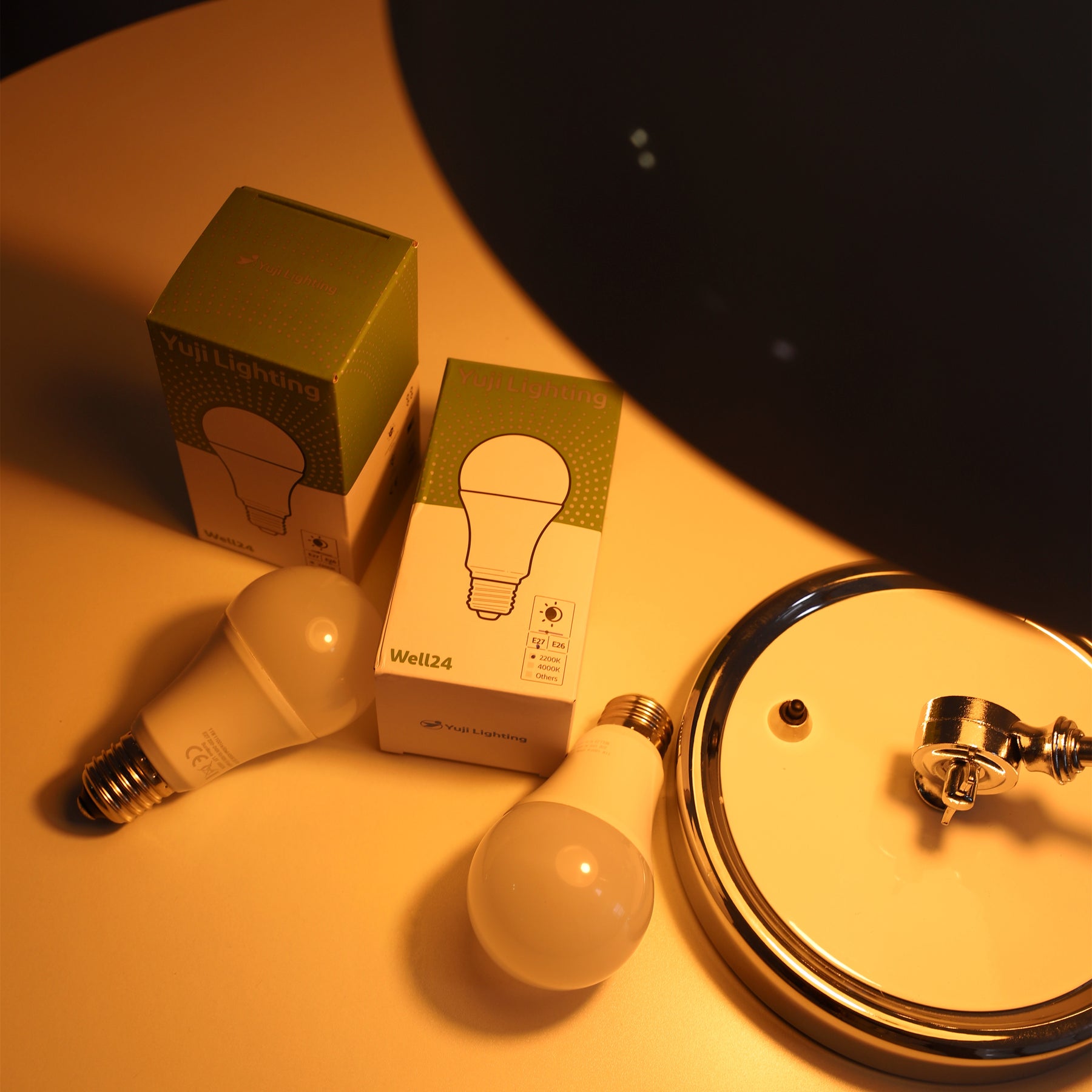B2B Site

How to Choose Sleep Lights
Getting enough quality sleep is crucial for our health. One factor that can affect our sleep quality is the type of lighting in our sleep environment. While many people are familiar with the importance of avoiding blue light from screens before bed, choosing the right lighting for your sleep room can also make a significant difference. In this blog, we will explore how to choose the right circadian lighting for your sleep room.
When choosing a suitable sleep light, there are several factors to consider to ensure you get the right one for your needs.
Another consideration is the placement of the light source. Avoid placing bright lights directly in your line of sight when lying in bed. Instead, consider using indirect lighting sources, such as wall sconces or floor lamps, that cast a soft glow throughout the room. This can help create a calming ambiance that supports relaxation.
When choosing a circadian light, consider the color temperature, brightness level, CRI, and type of light source to ensure you get the right one for your needs. Remember, exposure to natural sunlight is essential for regulating the circadian rhythm, and circadian lighting can help provide this type of lighting environment indoors.
What is Circadian Rhythm?
In recent years, there has been a growing interest in circadian as a means of improving human centric lighting. Circadian Lighting is the lighting technology designed to have a biological impact on the human circadian rhythm regulation. By sending signals with specific light triggers to the brain, in fact, our body knows when it is day/night time and what functions should perform during those precise hours. Exposure to natural sunlight is one of the key factors that help regulate the circadian rhythm, but many of us spend the majority of our time indoors under artificial lighting that may not provide the full spectrum of light wavelengths. So, circadian lighting aims to address this issue by providing a lighting environment that closely mimics natural sunlight.When choosing a suitable sleep light, there are several factors to consider to ensure you get the right one for your needs.
1. Color Temperature
Color temperature refers to the warmth or coolness of light, measured in Kelvin (K). Lower Kelvin values (2700K-3000K) produce a warm, yellowish light that is similar to the light emitted by traditional incandescent bulbs. Higher Kelvin values (5000K-6500K) produce a cooler, bluish light that is similar to daylight. For sleep, it is recommended to choose a warm light as it can help promote relaxation and sleepiness.2. Brightness Level
The brightness level of the sleep light should also be considered. Too bright a light can disrupt sleep, while too dim a light can be ineffective in regulating the circadian rhythm. Look for a light with adjustable brightness settings or one that has been specifically designed for sleep use.3. Type of Light Source
Sleep lights are available in different types of light sources, including LED, fluorescent, and incandescent. Fluorescent lights are less expensive but can emit a flicker that may cause eye strain. Incandescent bulbs are the most similar to natural sunlight but are less energy-efficient. LED lights are the most energy-efficient, but some people may find the blue light emitted by LEDs to be too stimulating before sleep. Yuji Lighting WELL24™ circadian lighting is designed to have a positive biological impact on the human circadian rhythm system, to improve long-term health, and to help promote better sleep at night, thus allowing our mind and our body to keep a well-regulated balance during the whole day.4. Type of Light Fixture
Consider using dimmable lighting fixtures or lamps that allow you to adjust the brightness level to your preference. This can help create a relaxing atmosphere that promotes sleepiness.Another consideration is the placement of the light source. Avoid placing bright lights directly in your line of sight when lying in bed. Instead, consider using indirect lighting sources, such as wall sconces or floor lamps, that cast a soft glow throughout the room. This can help create a calming ambiance that supports relaxation.
When choosing a circadian light, consider the color temperature, brightness level, CRI, and type of light source to ensure you get the right one for your needs. Remember, exposure to natural sunlight is essential for regulating the circadian rhythm, and circadian lighting can help provide this type of lighting environment indoors.

Leave a comment